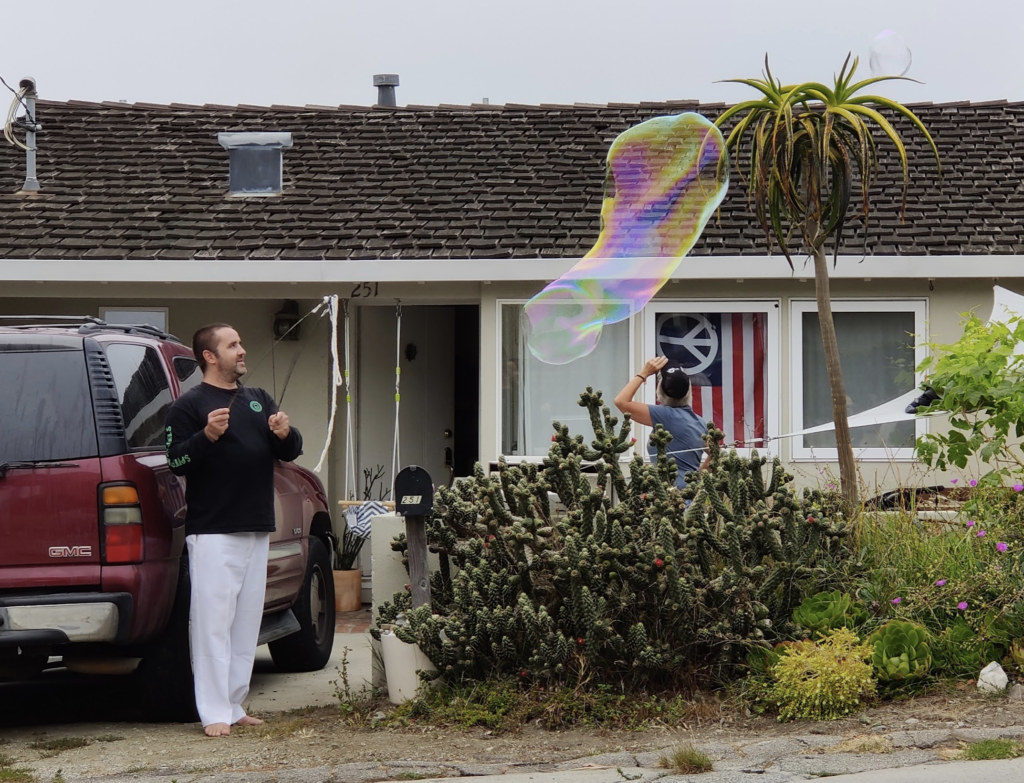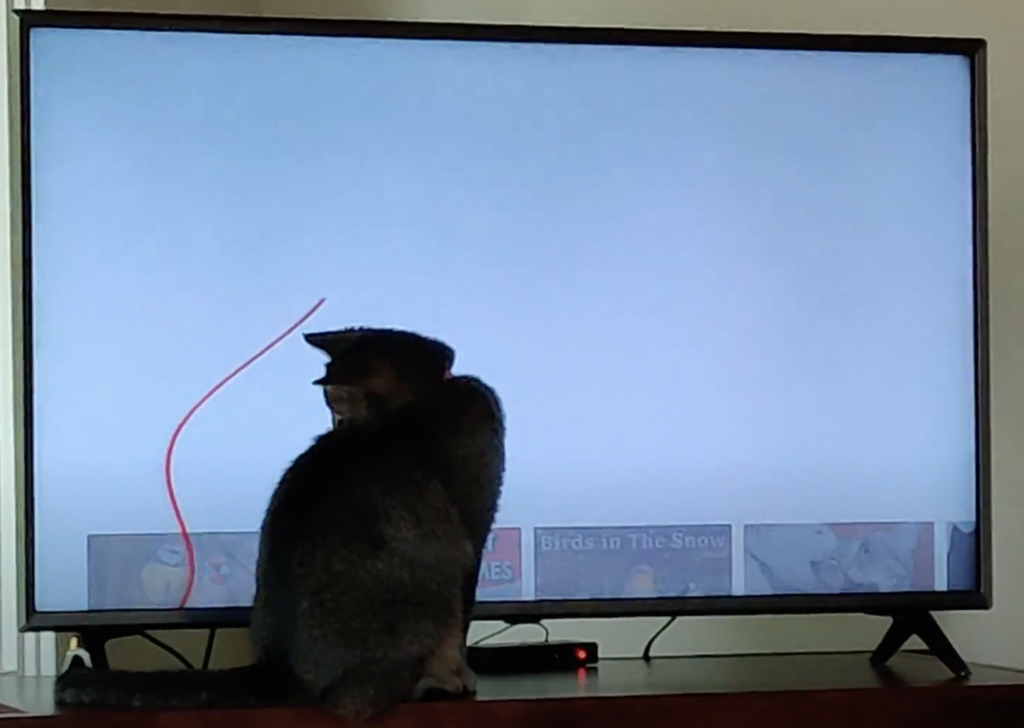My life in the last several weeks included multiple surgeries for family members then sending our youngest kid off to college. County up in flames, 901 of our neighbors have lost their homes, many more have been evacuated from their homes for who knows how long, and the air quality was rated the worst in the world many days running.
Also, we are going into the most contentious, nasty election season ever.
Oh, and there’s that little thing we call a pandemic.
Oh, and classes started. And I’m a teacher.
It’s important to be empathetic
That teacherly side of me knows that parents are under a lot of stress. They are navigating tons of new territory, from (as one mom I interviewed said) “getting to know my kid again,” to learning how to do their job online, to waiting to find out how their kids’ schools are going to deliver education, to figuring out how to fill out myriad mystifying government forms.
This world is a big, fat mess. That much we can agree on.
I forgive each and every one of you who is in over your head and says things you (probably) wouldn’t have said in more relaxed times. I realize that when parents contact me about their students, they are often reacting to stress unrelated to my classes.

Remember it’s not [all] your teacher’s fault
I’ll start by admitting I’m not a perfect teacher, and I’m not the best teacher for every kid. One of the reasons I believe so deeply in homeschooling is that it offers kids the opportunity to learn in a variety of ways with a variety of teachers. Who doesn’t love a smorgasbord?
But please understand: I am an online teacher, and I can solve exactly one of your child’s problems: I can deliver a high-quality course in the subject that I am teaching. That’s all.
Don’t play the blame game
The #1 best parenting advice I can give you is not to protect your mistakes from your kids. If you messed up and signed up for a class late, admit it. If you messed up and didn’t read the instructions, admit it. If you messed up and didn’t test the software ahead of time, admit it.
Your acceptance of your imperfections will make your kid a stronger person, I promise!
And then suck it up and get the job done
- Define the problem. Don’t shoot off an email or make a phone call before you have figured out what the problem actually is.
- If you screwed up, all you have to do for your teacher is explain and apologize. Their job is not to fix your mistakes.
- If you need help, figure out who can help you. Hint: It’s not necessarily your teacher.
- RTFM! Yes, there are way too many instructions for accessing online education. That’s why you should start early and make sure you understand as much as you can before you ask questions.
If you screw up, be gracious
Your teachers are under a huge amount of stress just because of their job. You have no idea what else is happening behind that sunny face on the screen or voice over the slides. Our job more closely resembles improv theater than you might imagine.
A simple apology goes a long way.
If you:
- Blame a teacher for your own mistake
- Get angry at a teacher for software they have no control over
- Tell a teacher that you expected more when the teacher is giving all they can give
- Mess up some aspect of your kid’s education and then try to pin the blame on the the teacher…
Say you’re sorry, give them the benefit of the doubt, and…
Then move on
Because that’s what we teachers are doing, too. Through pandemic, fires, hurricanes, family troubles, financial trouble, and toxic politics, we are there every day, our smiling faces or voices welcoming your children to a little chunk of sanity.










